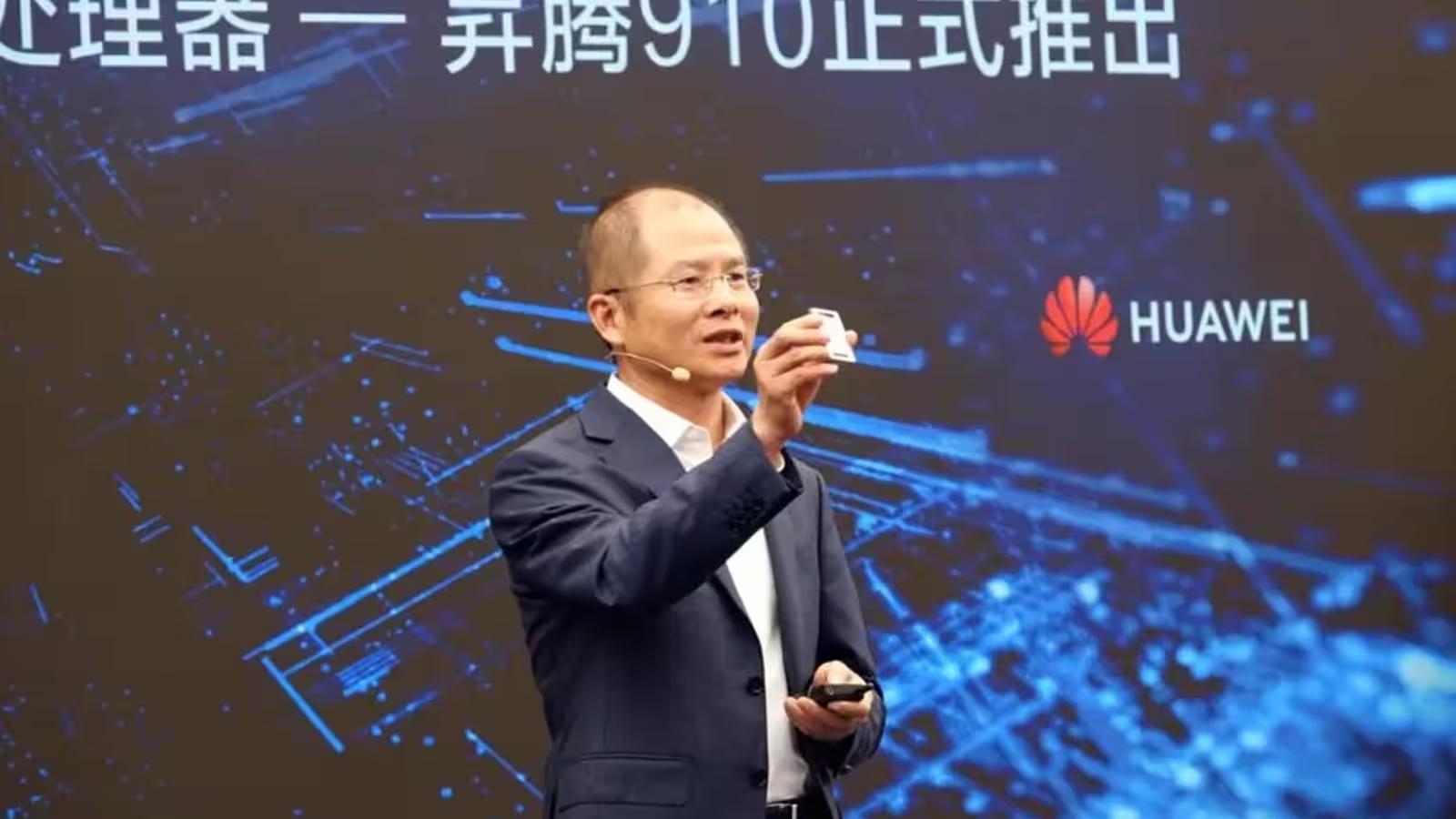3 Minutes
Huawei’s Response to US Chip Sanctions
Despite tightening US sanctions and ongoing trade tensions affecting China’s semiconductor industry, Huawei remains undeterred. CEO Ren Zhengfei recently addressed concerns about the impact of US export restrictions on Huawei’s chip development, asserting that there is ‘no reason to worry’ about the situation. Speaking to People’s Daily, Ren acknowledged that while Western media may have exaggerated Huawei’s achievements, the company is determined to accelerate innovation and reduce its reliance on Western technology.
Current Semiconductor Market Landscape
Globally, the race for advanced chip technology is dominated by American giants such as Qualcomm and Apple. Both companies have successfully launched commercial 3nm chips and are on track to release even more advanced 2nm processors in the coming years. While Huawei currently lags behind these market leaders, the company has signaled its intent to narrow the gap through the development of proprietary technologies and by seeking alternatives to Western semiconductor equipment.
Product Features & Technological Approaches
Ren emphasized that although Huawei’s system-on-chip (SoC) technology trails its American counterparts by a generation, the company is leveraging breakthroughs in mathematics and physics—applying methods that go beyond Moore’s Law and embracing cluster computing—to deliver competitive performance. Ren reaffirmed that software is not a limiting factor for Huawei, highlighting the company’s robust in-house development capabilities.
Comparisons with Industry Leaders
Most leading semiconductor manufacturers, including TSMC and Samsung, depend heavily on extreme ultraviolet (EUV) lithography machines produced by Dutch company ASML for next-generation chip production. In contrast, Chinese foundries like SMIC are actively pursuing alternative methods to manufacture cutting-edge chips without EUV technology. Although SMIC’s 5nm chip yield rate is currently around one-third of that of global competitors—and comes at a 40-50% higher production cost—the company is committed to ongoing improvements.
Advantages and Market Relevance
Huawei’s adaptive strategy, focusing on domestic research and development and minimizing dependencies on foreign suppliers, positions it for long-term sustainability in an increasingly fragmented global tech market. The broader Chinese semiconductor industry is also prioritizing self-reliance and aiming to build an innovation-driven ecosystem independent of Western technologies. The challenges of higher costs and slower progress are significant but not insurmountable, suggesting that consistent investment and perseverance may eventually pay off.
Use Cases and Future Prospects
Huawei’s advancements have implications across consumer electronics, telecommunications infrastructure, and AI-based applications. By localizing critical hardware supply chains, the company aims to ensure greater security and control over its core technologies. As China collectively pushes for technological independence, the drive to optimize chip production for smartphones, 5G networks, data centers, and IoT devices is becoming more urgent.
Will Huawei and China’s Semiconductor Ambitions Succeed?
While the long-term outcome of China’s and Huawei’s bold strategy in the semiconductor sector remains uncertain, one thing is clear: Huawei is not backing down. Both the company and the broader Chinese tech ecosystem are focused on overcoming external barriers and cultivating domestic innovation, setting the stage for a more resilient and self-sufficient technological future.
Source: reuters



Comments